Hi I've have a couple of batteries of these two types, some of them are below 2,5V making me unable to make a CAP test on them, whenever I try my Foxnovo 4-Slots Intelligent Battery Charger beeps four times and "seems, not sure" to remove some voltage from the battery?
The one with the purple top has "A NJGA59 034688" written on it. The one with the orange top has "C IEOFJT4 077773" written on it.
They come from a semi-old dell laptop battery, from Toshiba and Sanyo I believe.

